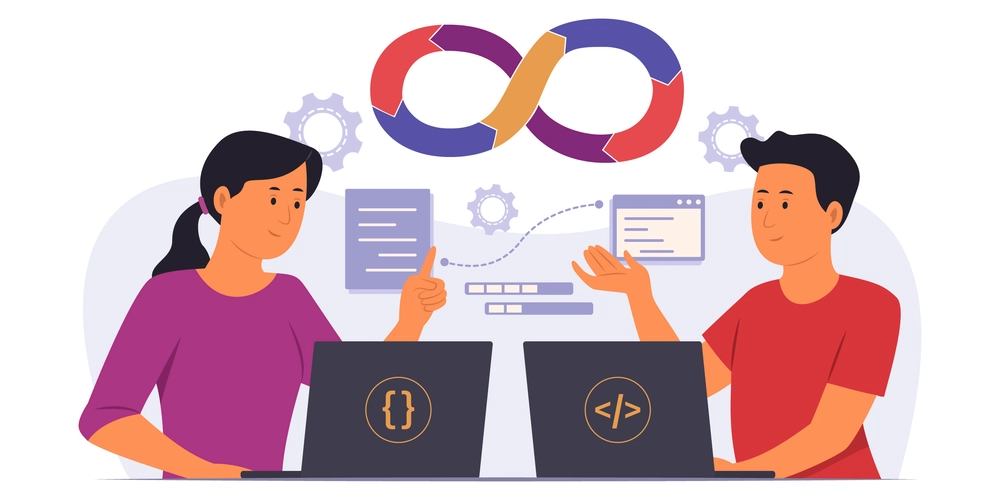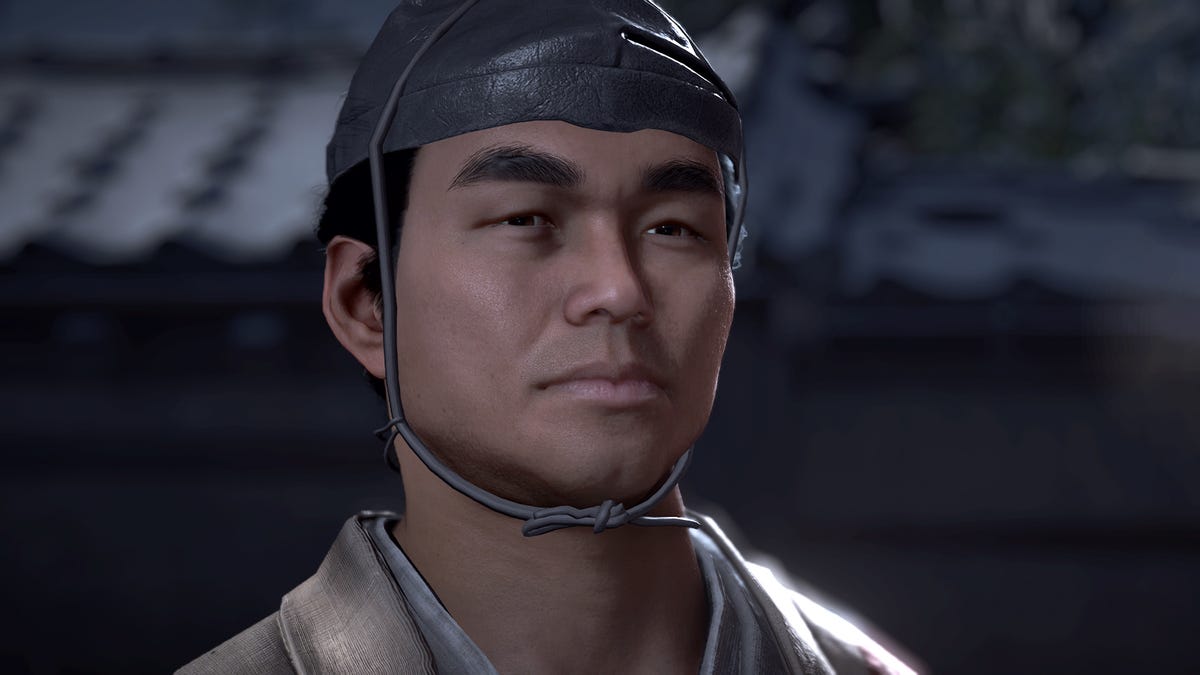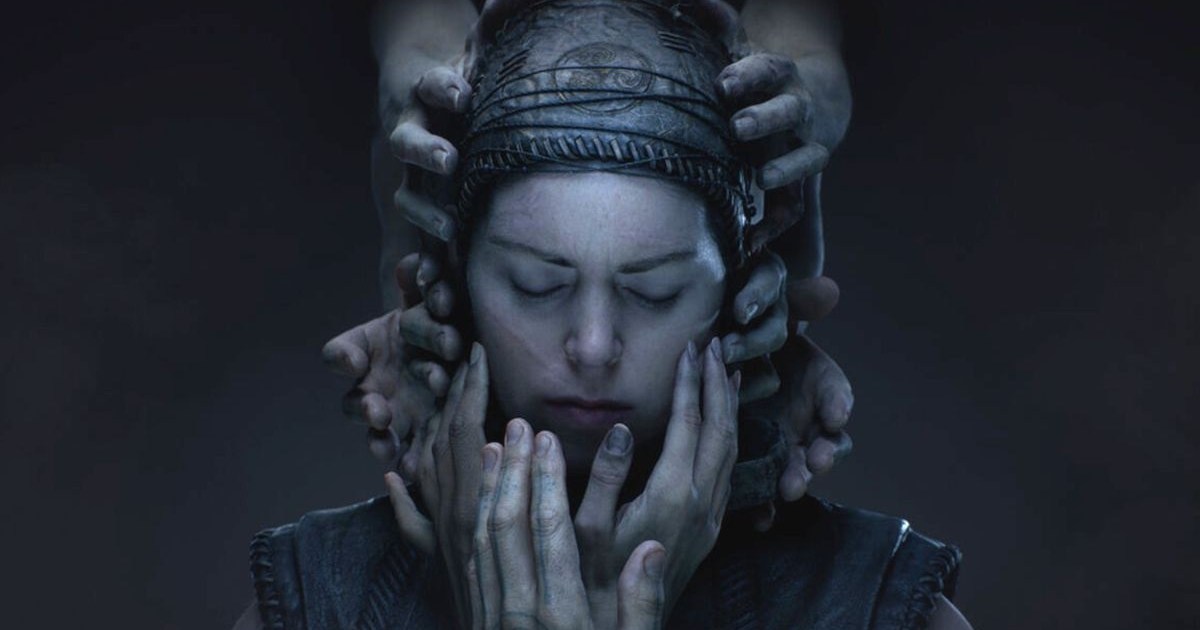AI Takes the Field: The New Era of Data-Driven Sports
Sports is fiercely competitive, much like the fast-evolving world of AI today. Both demand continuous improvement, quick adaptation, and a drive to push limits. Not only do these domains mirror each other's intensity, but they are increasingly intertwined. As AI advances, its impact on sports grows, from performance analytics to injury prevention, creating an intriguing intersection between technology and sports. By leveraging big data and machine learning (ML) algorithms, researchers and sports professionals can gain valuable insights into an athlete’s performance, health, and overall well-being. One of many areas where AI is advancing sports science is motion capture, which is used to analyze athlete movement. Traditional motion capture systems, while effective, have several limitations that restrict their accessibility and real-world application. They can track movements by using sensors or reflective markers linked to cameras. These systems tend to work well in controlled settings, such as labs, but often struggle to capture the complexity of the real world. The high cost of the equipment is also an issue, as it restricts usage to elite teams and research labs. AI has enabled markerless motion capture tools, which use deep learning and computer vision. They can track athletes’ movements in 3D from just video footage, and in some cases, even perform real-time analysis. The insights generated help optimize performance, tailor training programs, and minimize the risk of injury. This makes advanced movement analysis more accessible than ever before. AI-based models such as OpenPose, TensorFlow Pose Estimate, and MeTRAbs can now identify and analyse human joint positions in 3D, all from a single video feed. In some cases, these models can be used on everyday devices. This means coaches and athletes can assess technique with nothing more than a smartphone camera. This breakthrough allows motion capture to move beyond the lab and onto the sports field. Markerless motion capture is already making a big difference in sports and injury recovery, especially in high-speed and dynamic sports. In football, it helps track how players move during practice drills. In professional sprinting, it improves stride and foot placement. Cricket and baseball players can study their technique without needing to wear heavy suits and sensors that restrict movement. While the accessibility, ease of use, and real-time capabilities of markerless systems make them a game-changer, there are some limitations. If body parts are blocked from view or there is poor lighting, the AI-based models may not be as effective. Certain body types or camera angles can also affect the quality of the analysis. Along with real-time motion and biomechanical analysis, AI is also transforming athlete training and health management. A 2025 study published in the Journal of Functional Morphology and Kinesiology highlights how AI-powered systems are revolutionizing sports science through personalized training programs, injury prevention, and performance optimization. Using a combination of video footage and wearable sensors, sports scientists, performance coaches, and medical staff were able to leverage the power of AI to track athlete workload and recovery in real time. This allowed them to tailor training programs based on each athlete’s unique physiological responses and performance trends. The study also highlights how AI is transforming player scouting, with platforms like TwelveGPT Scout integrating various data sources to create detailed profiles. By analyzing scout reports, performance metrics, and biometric information, AI enables teams to make more objective recruitment decisions. These systems can even simulate game scenarios to predict how a player will fit into a team’s tactical framework. As AI continues to evolve, it may play a bigger role in helping teams refine talent identification and build stronger rosters. AI has already made an impact in the world of sports. At Wimbledon, IBM Watson uses AI to break down match footage and automatically create highlight reels. Instead of manually sorting through hours of video, the system picks out the best moments by analyzing player reactions, crowd excitement, and the game context. FC Barcelona is actively integrating AI into various aspects of the club, including training, tactical analysis, and fan engagement. Sports referees and judges are also taking advantage of AI. The AI-assisted Judging Support System (JSS), created by Fujitsu in partnership with the International Gymnastics Federation (FIG), utilizes high-definition cameras to track and assess gymnasts’ movements in 3D and then compares them to a vast database of recognized gymnastic elements. The system helps ensure fair and accurate scoring, reducing human error and improving consistency in judging. AI is reshaping sports at every level, from training and scouting to injury prevention and performance. As more teams adopt AI-driven so

Sports is fiercely competitive, much like the fast-evolving world of AI today. Both demand continuous improvement, quick adaptation, and a drive to push limits. Not only do these domains mirror each other's intensity, but they are increasingly intertwined.
As AI advances, its impact on sports grows, from performance analytics to injury prevention, creating an intriguing intersection between technology and sports. By leveraging big data and machine learning (ML) algorithms, researchers and sports professionals can gain valuable insights into an athlete’s performance, health, and overall well-being.
One of many areas where AI is advancing sports science is motion capture, which is used to analyze athlete movement. Traditional motion capture systems, while effective, have several limitations that restrict their accessibility and real-world application. They can track movements by using sensors or reflective markers linked to cameras. These systems tend to work well in controlled settings, such as labs, but often struggle to capture the complexity of the real world. The high cost of the equipment is also an issue, as it restricts usage to elite teams and research labs.
AI has enabled markerless motion capture tools, which use deep learning and computer vision. They can track athletes’ movements in 3D from just video footage, and in some cases, even perform real-time analysis. The insights generated help optimize performance, tailor training programs, and minimize the risk of injury. This makes advanced movement analysis more accessible than ever before.
AI-based models such as OpenPose, TensorFlow Pose Estimate, and MeTRAbs can now identify and analyse human joint positions in 3D, all from a single video feed. In some cases, these models can be used on everyday devices. This means coaches and athletes can assess technique with nothing more than a smartphone camera. This breakthrough allows motion capture to move beyond the lab and onto the sports field.
Markerless motion capture is already making a big difference in sports and injury recovery, especially in high-speed and dynamic sports. In football, it helps track how players move during practice drills. In professional sprinting, it improves stride and foot placement. Cricket and baseball players can study their technique without needing to wear heavy suits and sensors that restrict movement.
While the accessibility, ease of use, and real-time capabilities of markerless systems make them a game-changer, there are some limitations. If body parts are blocked from view or there is poor lighting, the AI-based models may not be as effective. Certain body types or camera angles can also affect the quality of the analysis.
Along with real-time motion and biomechanical analysis, AI is also transforming athlete training and health management. A 2025 study published in the Journal of Functional Morphology and Kinesiology highlights how AI-powered systems are revolutionizing sports science through personalized training programs, injury prevention, and performance optimization.
Using a combination of video footage and wearable sensors, sports scientists, performance coaches, and medical staff were able to leverage the power of AI to track athlete workload and recovery in real time. This allowed them to tailor training programs based on each athlete’s unique physiological responses and performance trends.
The study also highlights how AI is transforming player scouting, with platforms like TwelveGPT Scout integrating various data sources to create detailed profiles. By analyzing scout reports, performance metrics, and biometric information, AI enables teams to make more objective recruitment decisions.
These systems can even simulate game scenarios to predict how a player will fit into a team’s tactical framework. As AI continues to evolve, it may play a bigger role in helping teams refine talent identification and build stronger rosters.
AI has already made an impact in the world of sports. At Wimbledon, IBM Watson uses AI to break down match footage and automatically create highlight reels. Instead of manually sorting through hours of video, the system picks out the best moments by analyzing player reactions, crowd excitement, and the game context. FC Barcelona is actively integrating AI into various aspects of the club, including training, tactical analysis, and fan engagement.
Sports referees and judges are also taking advantage of AI. The AI-assisted Judging Support System (JSS), created by Fujitsu in partnership with the International Gymnastics Federation (FIG), utilizes high-definition cameras to track and assess gymnasts’ movements in 3D and then compares them to a vast database of recognized gymnastic elements. The system helps ensure fair and accurate scoring, reducing human error and improving consistency in judging.
AI is reshaping sports at every level, from training and scouting to injury prevention and performance. As more teams adopt AI-driven solutions, the future of sports will continue to evolve. We can expect a blending of AI technology and human expertise that will change the game - literally.



















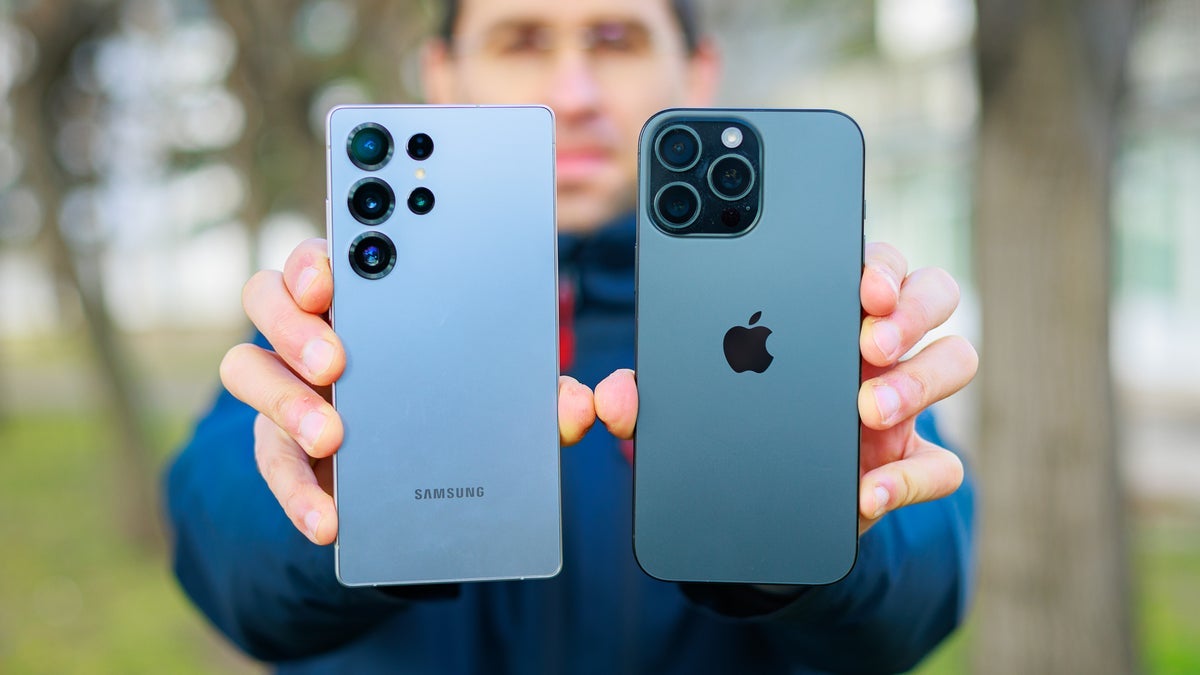
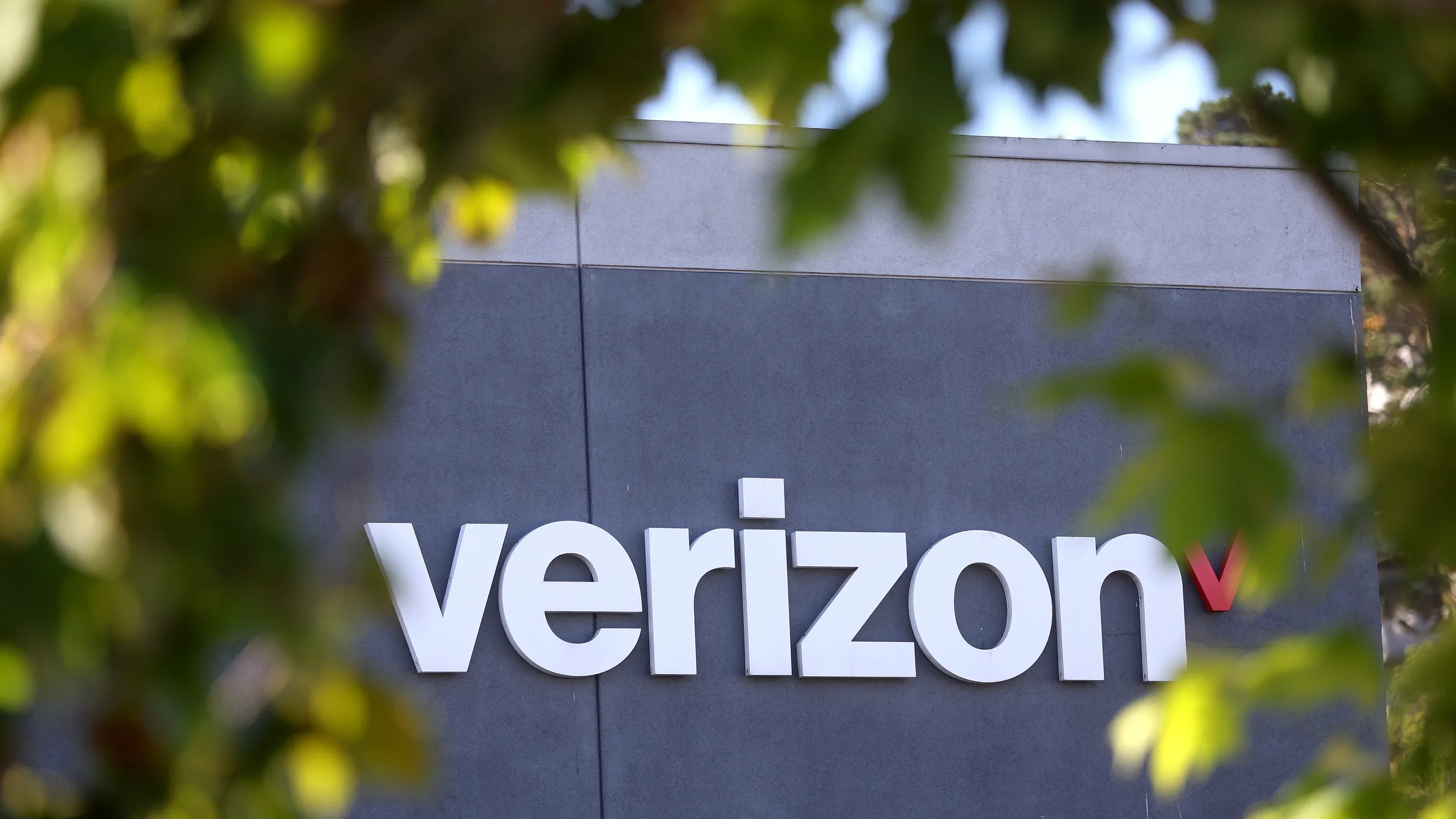








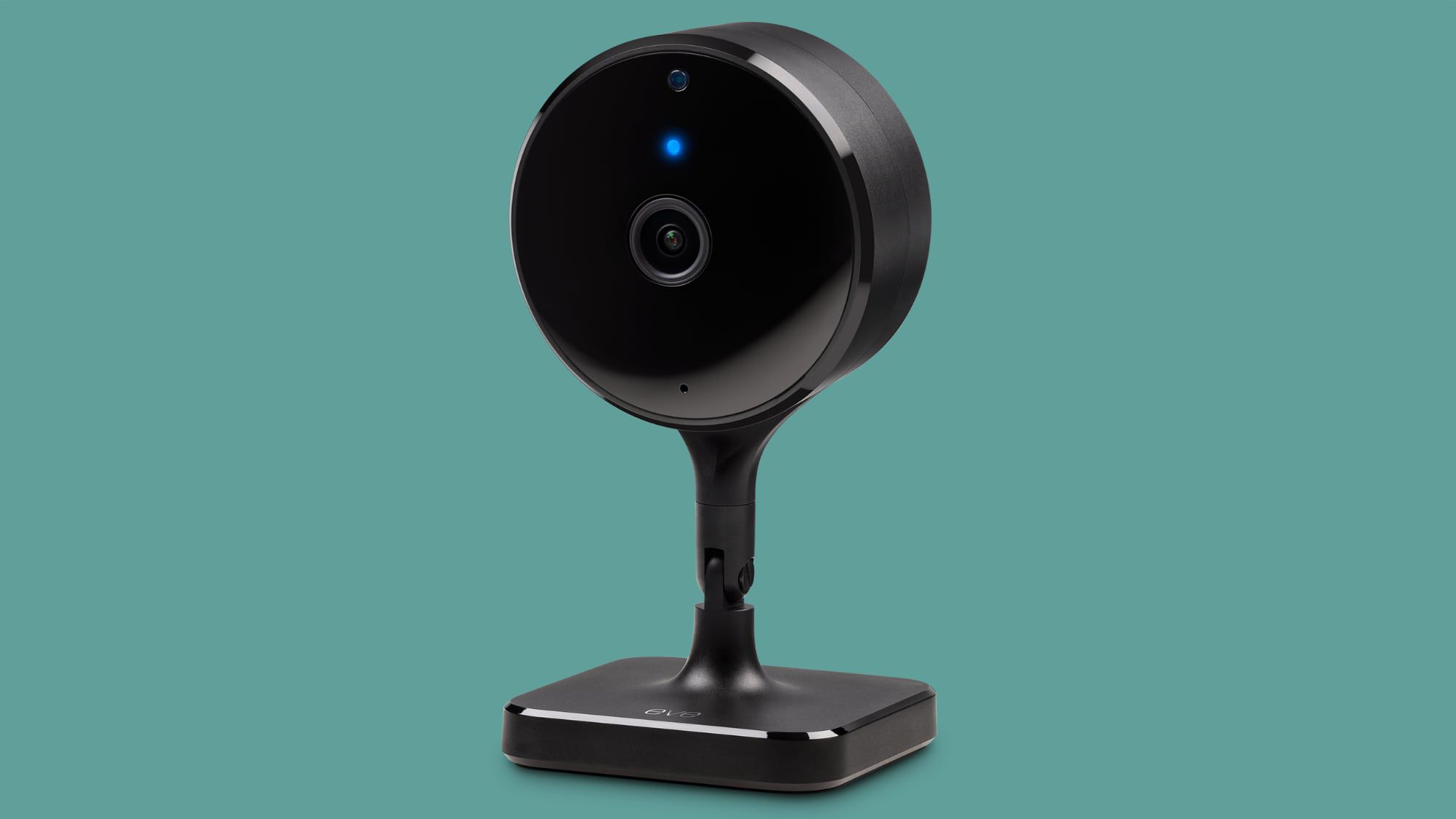


























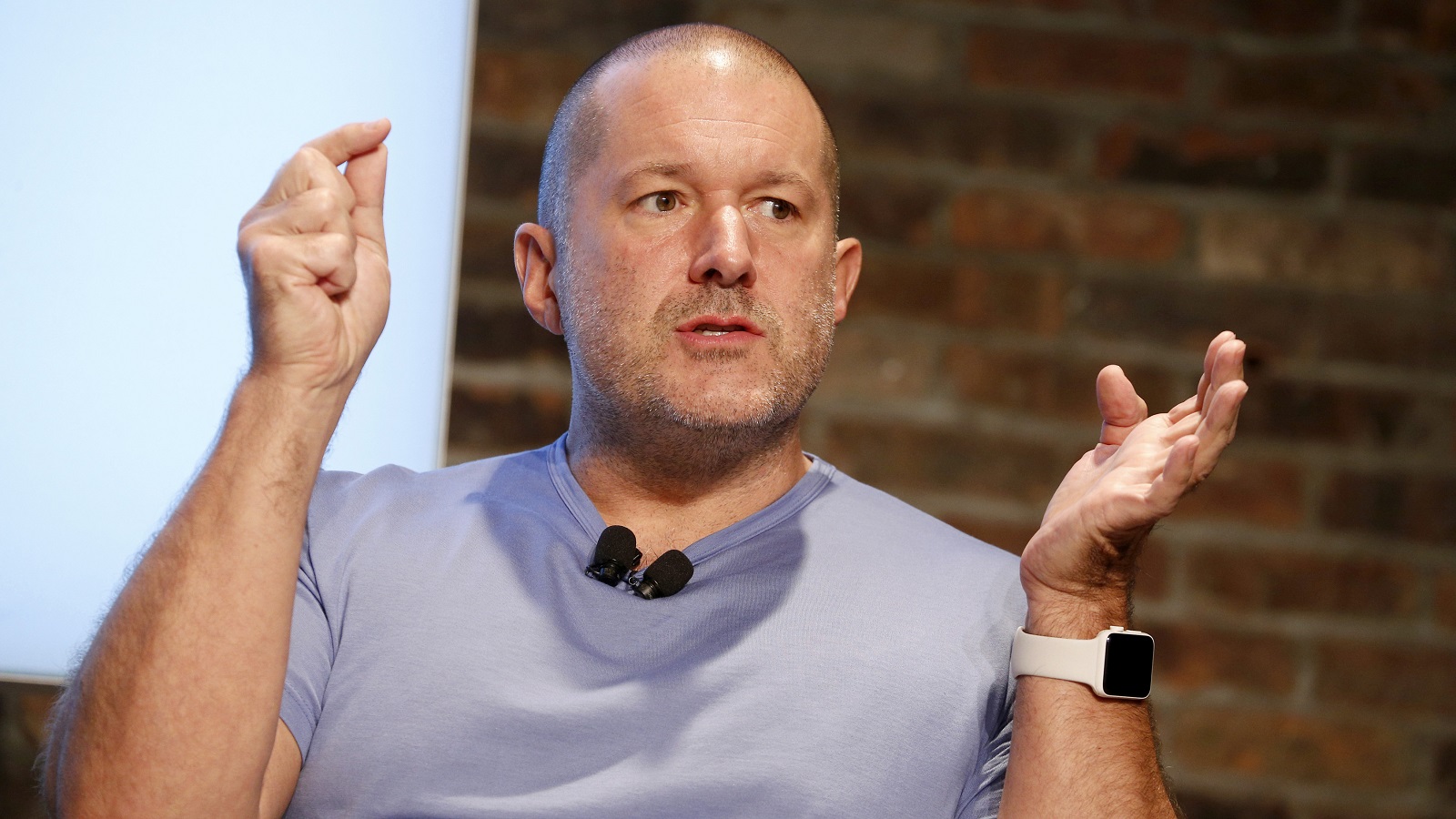
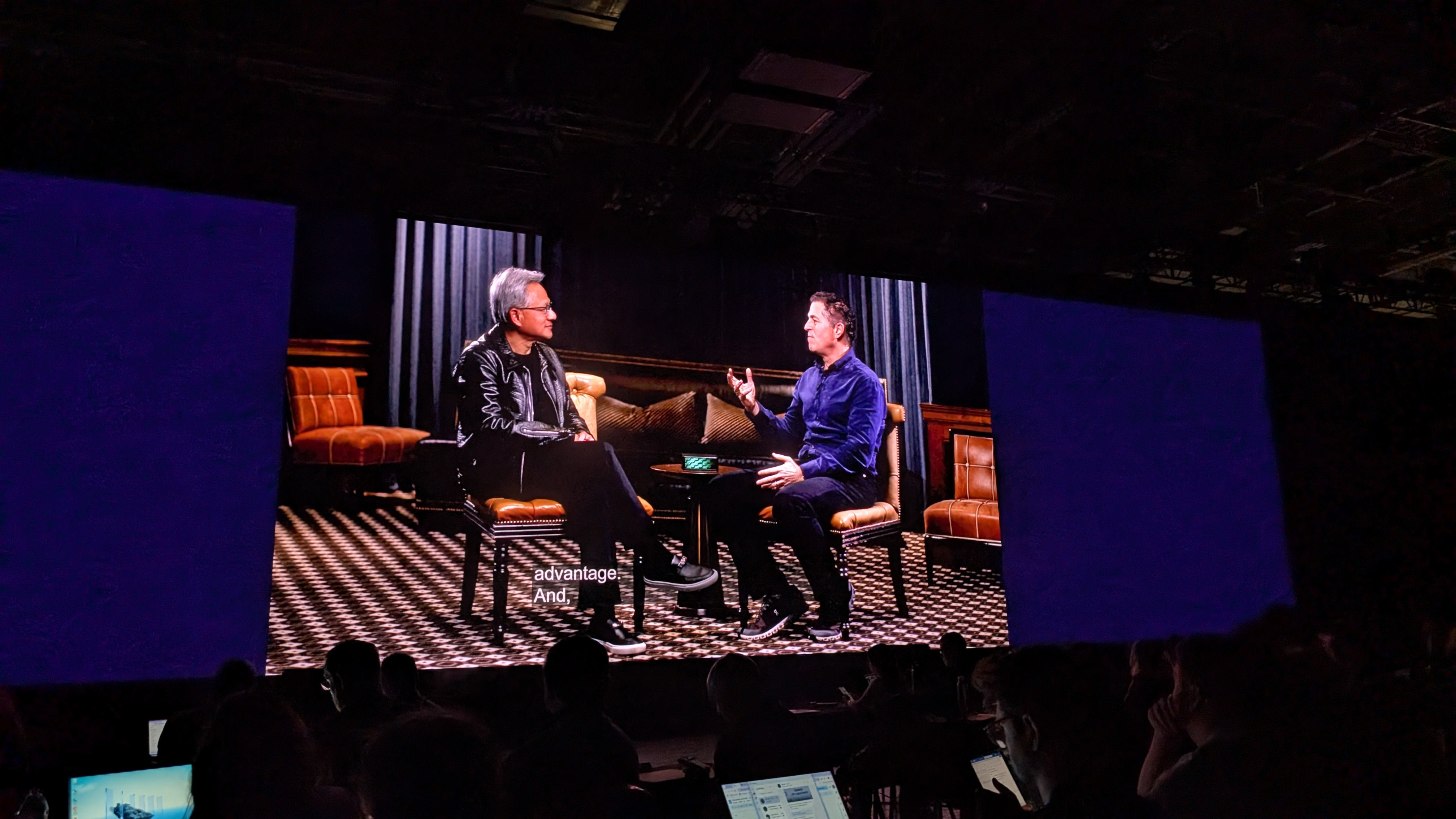
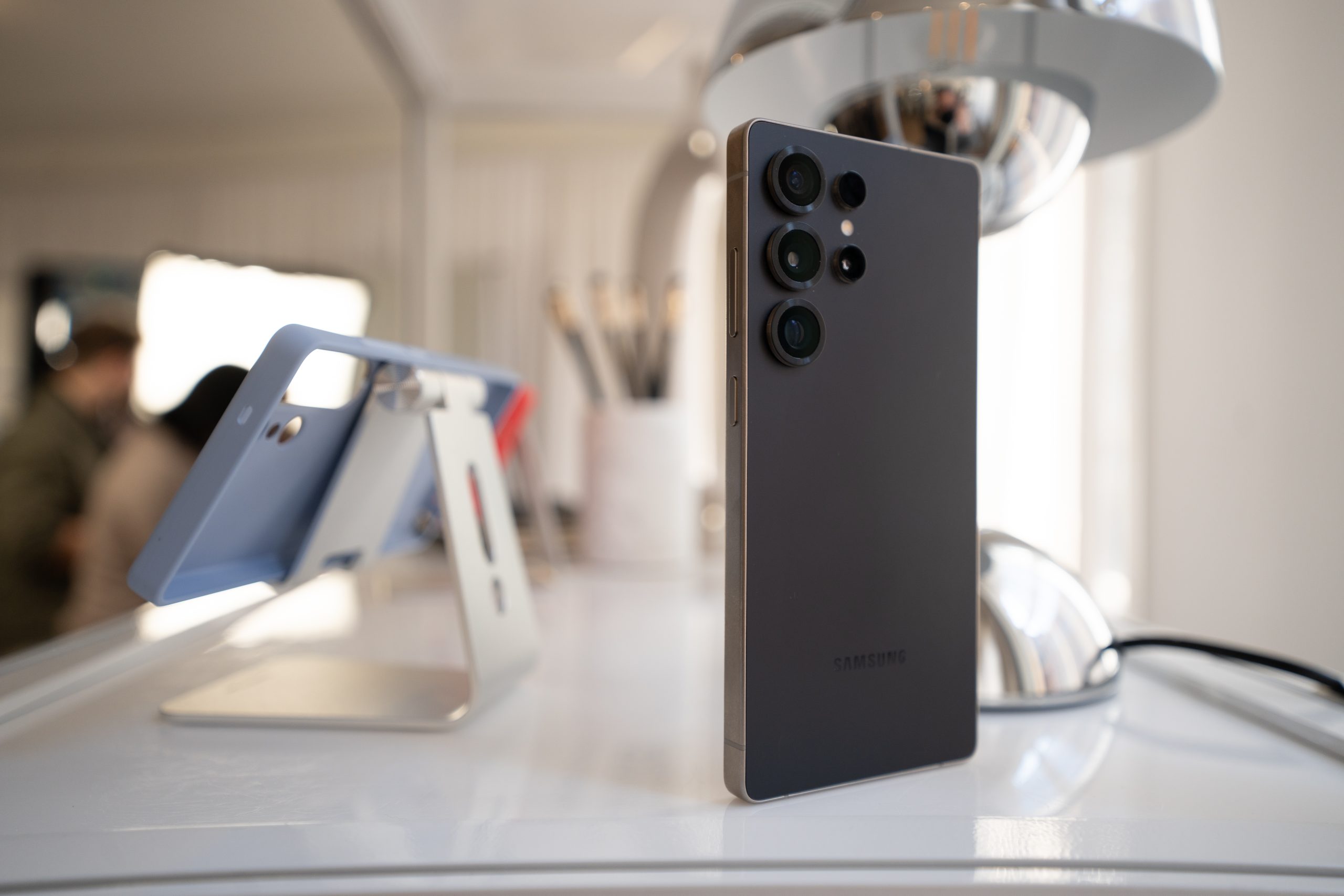

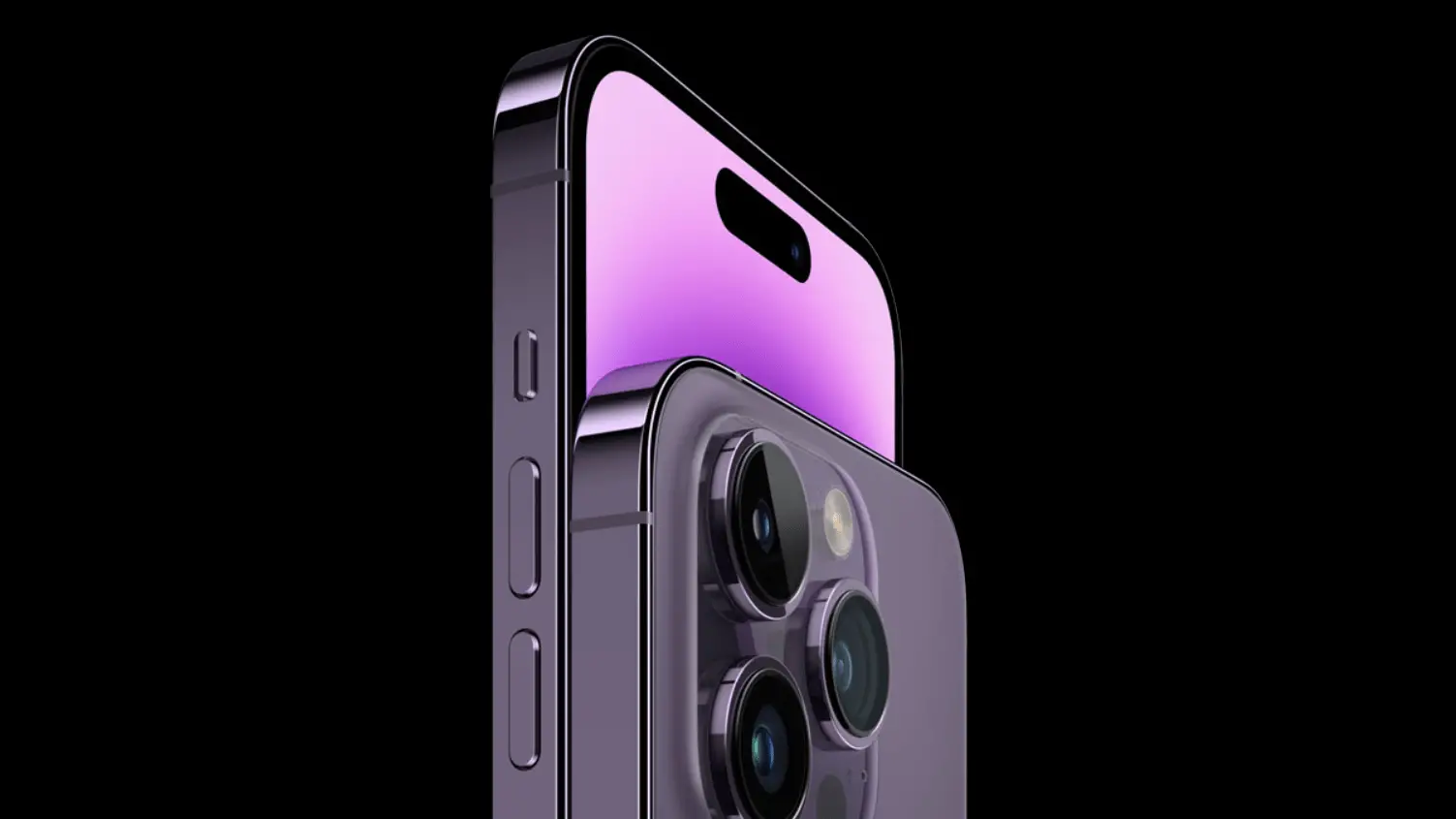














![Apple Leads Global Wireless Earbuds Market in Q1 2025 [Chart]](https://www.iclarified.com/images/news/97394/97394/97394-640.jpg)

![OpenAI Acquires Jony Ive's 'io' to Build Next-Gen AI Devices [Video]](https://www.iclarified.com/images/news/97399/97399/97399-640.jpg)


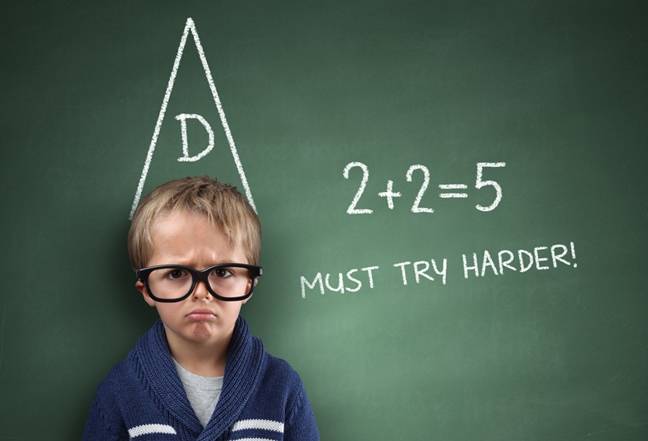











![YouTube rolling out updated miniplayer on Android, iPhone [U]](https://i0.wp.com/9to5google.com/wp-content/uploads/sites/4/2024/11/YouTube-Android-app-1.jpg?resize=1200%2C628&quality=82&strip=all&ssl=1)









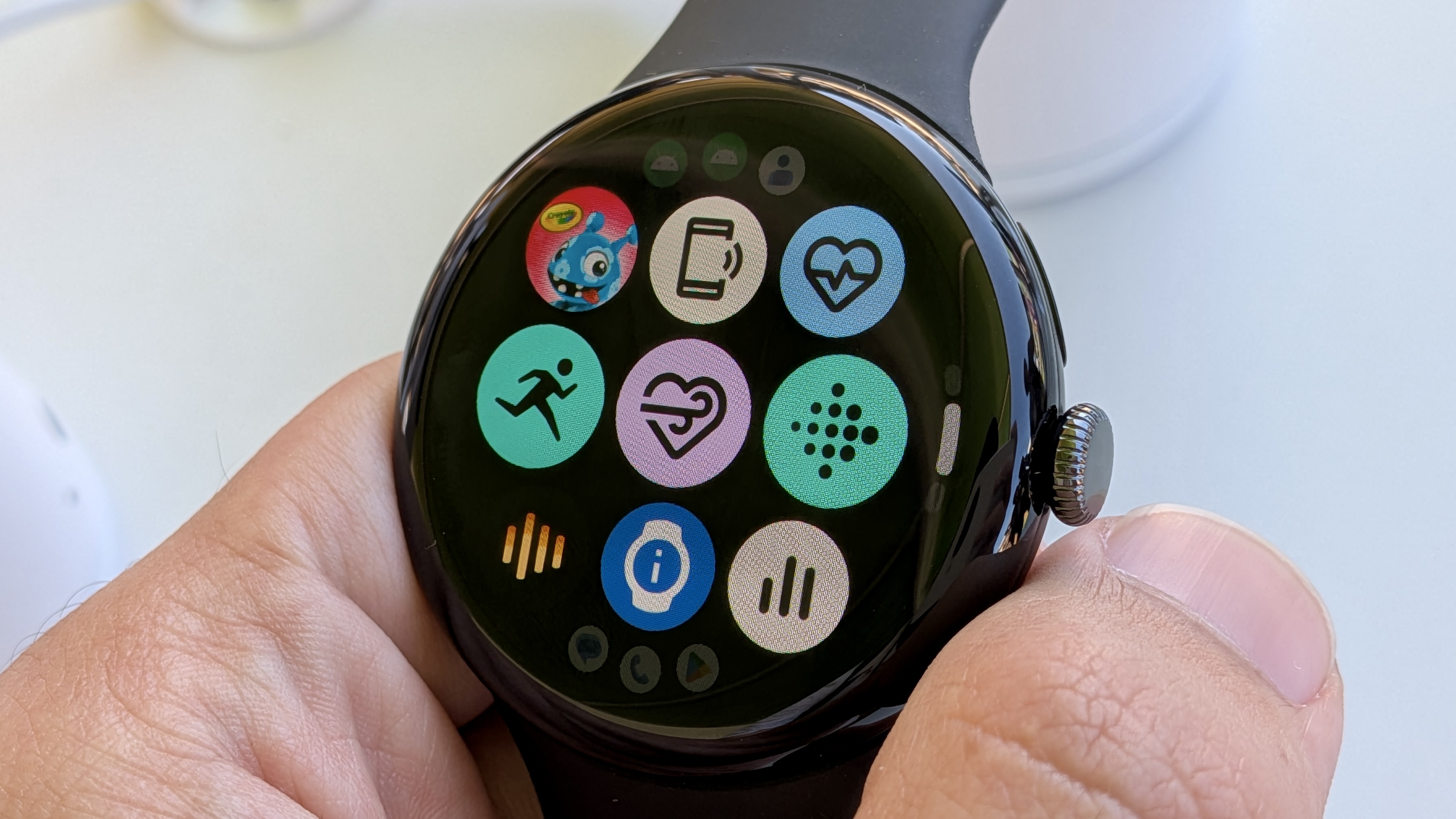



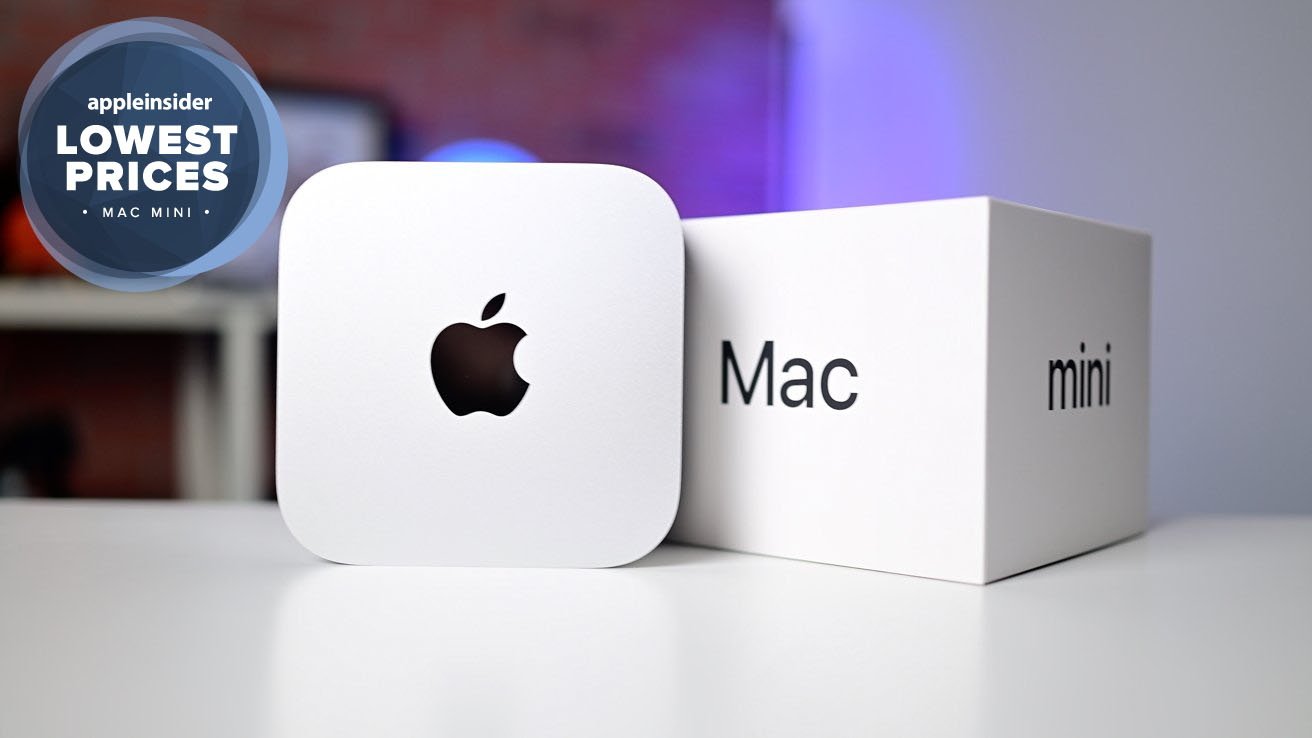
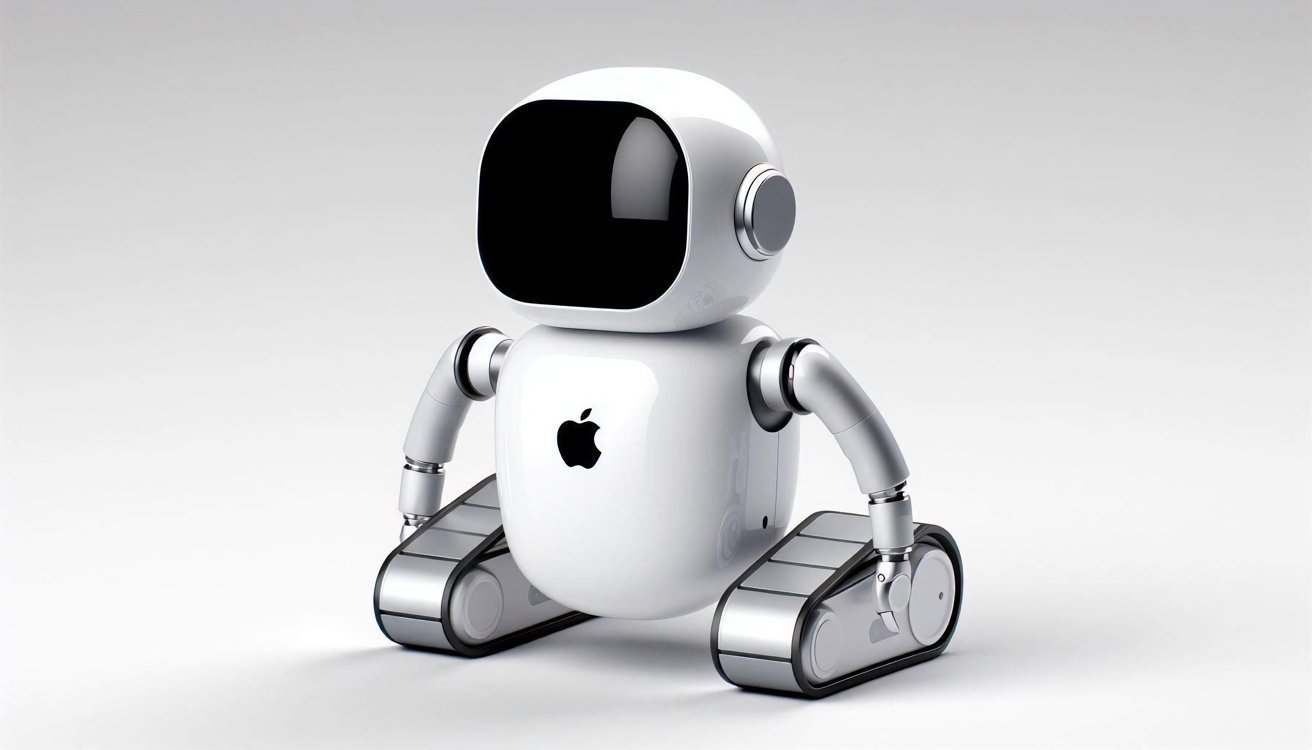

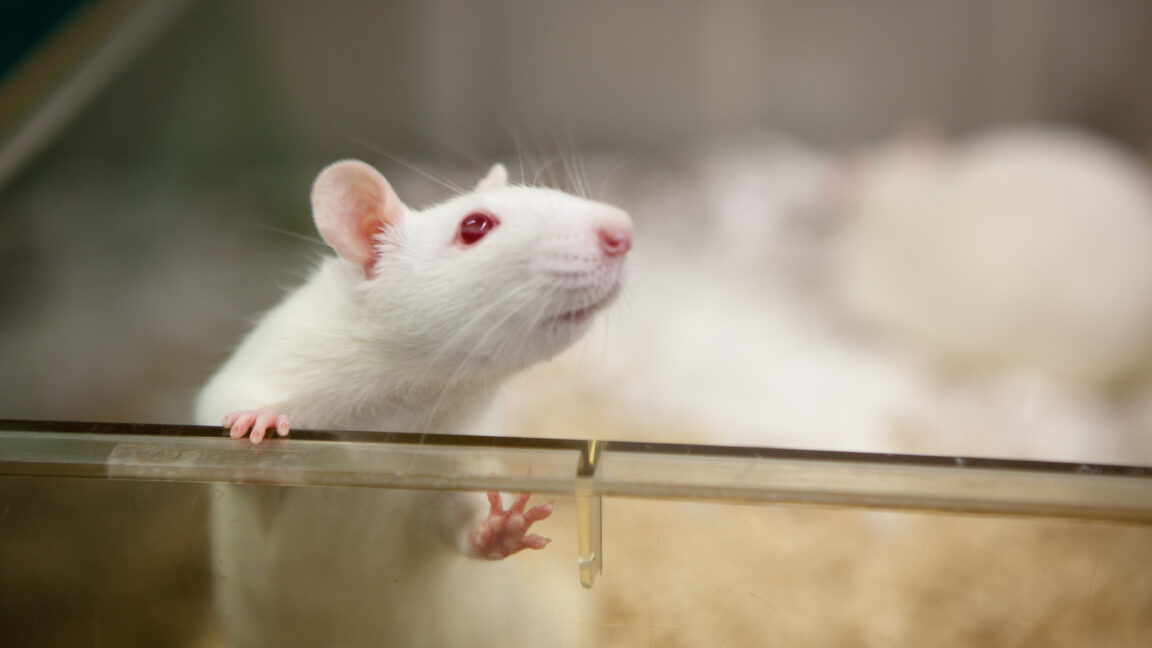












































































.webp?#)






_Alan_Wilson_Alamy.jpg?width=1280&auto=webp&quality=80&disable=upscale#)

















































































































![[The AI Show Episode 148]: Microsoft’s Quiet AI Layoffs, US Copyright Office’s Bombshell AI Guidance, 2025 State of Marketing AI Report, and OpenAI Codex](https://www.marketingaiinstitute.com/hubfs/ep%20148%20cover%20%281%29.png)






























































































































































